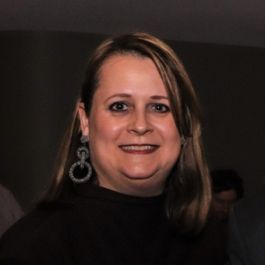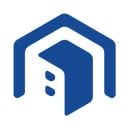For scaling companies, automation is either a Swiss Army knife or an albatross.
Used correctly and in the right circumstances, automation can solve new challenges and unlock fresh opportunities. Used too often or in the wrong circumstances, and scaling businesses can lose their human touch. This delicate balance is particularly important on customer success teams, where relationship-focused client management needs to maintain its aura of personalization, nuance and empathy.
“In my experience, automation works well when the goal of your messaging is awareness. But when your goal is to drive activity, we rely on our customer success managers,” said ReviewTrackers’ VP of Customer Success Zack Cox. “In both types of messaging, personalization is important to drive engagement with customers.”
“We are definitely still working on this,” said Nicole Komassa, Buildout’s VP of customer success. “During the adoption stage, a series of playbooks are being used by the team to ensure there is consistency in outreach and outcomes. Over time, we’d like to add automation — but don’t want it to come across as canned.”
Built In Chicago sat down for a conversation with Cox and Komassa, and we learned a great deal about scaling customer success, using quality tech and finding the right time for automation — all without losing the human touch.

Buildout At a Glance
What are the most important considerations when scaling a customer success team, and why?
At Buildout, customer success is separated into functional areas that align with a customer’s life stage — we have an onboarding team and a post-onboarding team focused on adoption. Tracking how our customers are doing and where they’re at in their journey are both important considerations so that we’re not spreading our teams too thin.
During onboarding, there are general benchmarks (based on size and segment) for how long the stage should last. Additionally, we don’t want customers to go missing or get stuck, so keeping an eye open for those signals is important.
During adoption, we use customer health scoring and other signals to determine when proactive outreach is needed. Less than 10 percent of customers have a named adoption manager, so a pooled model is used for coverage.
How are you striking the right balance of automation and human touch? How do you know which tasks can be automated and which ones are more effective when handled by a CSM?
With onboarding, we’d like to explore e-learning options, or potentially build a learning management system. Some of our smallest customers find it hard to run their business and learn how to use Buildout, which can result in an extended onboarding.
One element of automation we’ve expanded upon is customer surveys — we send one after onboarding is complete, three months into adoption, and then ongoing every six months. The surveys bring a qualitative balance to the data we get from tracking and health scores, and most importantly, provide signals for the adoption team.
One element of automation we’ve expanded upon is customer surveys — we send one after onboarding is complete, three months into adoption, and then ongoing every six months.”
What tools or technologies do you use to make customer success more scalable?
We use Totango to measure health scores and keep an eye on more persistent changes to a customer’s health rank. We learned the hard way that week-over-week changes were creating noise and made it hard to track progress or assess if there was a real need. Totango’s 360 dashboard helps to identify health-related signals for all customers, by segment or by account owner.
Over the last year, our customers have also been engaged by educational webinars where topics they learned about during onboarding are revisited. We’ve tried a few approaches and found that an old-school live webinar has stronger participation versus recorded or on-demand ones because customers want to be able to ask questions and also hear questions from others.
ReviewTrackers At a Glance
What are the most important considerations when scaling a customer success team, and why?
It’s important to make sure each team member has a clear understanding of the outcomes their role is tasked with accomplishing. As teams grow, roles become more specialized, which makes it imperative that these expectations are set and metrics are in place for measuring success.
How are you striking the right balance of automation and human touch? How do you know which tasks can be automated and which ones are more effective when handled by a CSM?
For automated messaging, personalization may mean explaining why a new feature or partnership is important to your industry. For one-on-one messaging, it should be one layer deeper and address why a new feature or partnership is important to your specific business goals.
For one-on-one messaging, automation should be one layer deeper and address why a new feature or partnership is important to your specific business goals.”
What tools or technologies do you use to make customer success more scalable?
We use Klipfolio to bring together data sets that were previously siloed across our tech stack in order to drive efficiency in our account planning. Specifically, Klipfolio allows our customer success managers (CSM) to get a full 360-degree view (revenue, product engagement, CRM) of their customer base and plan their actions accordingly.










